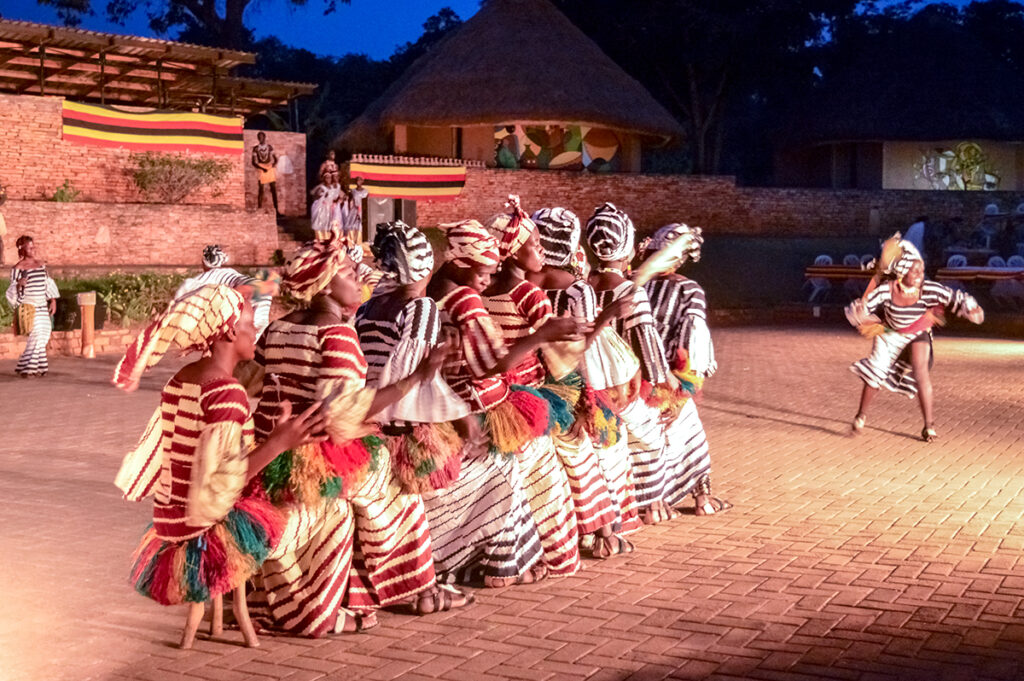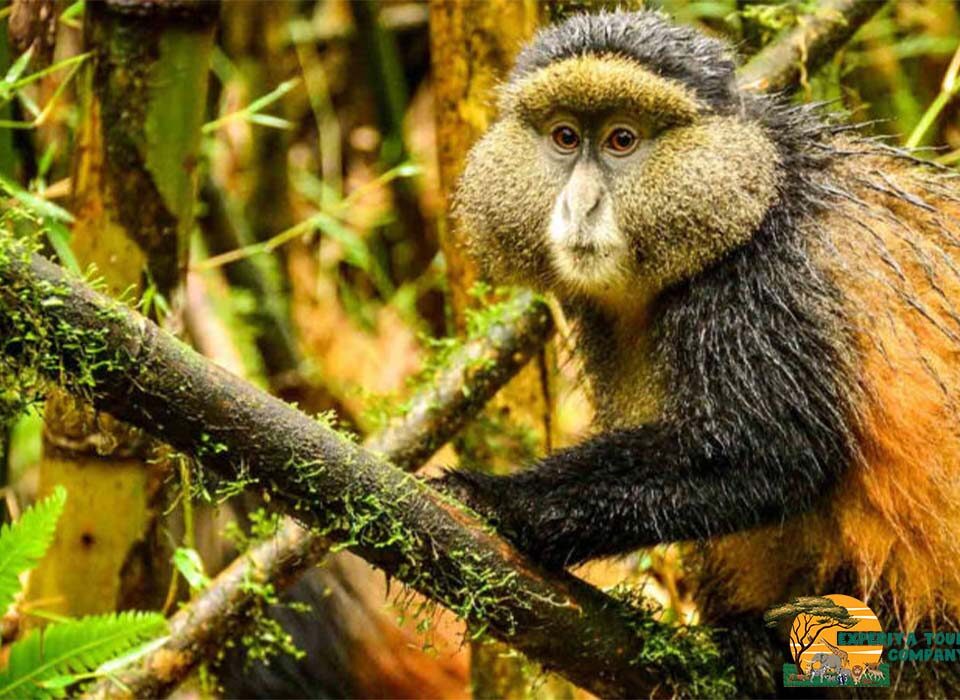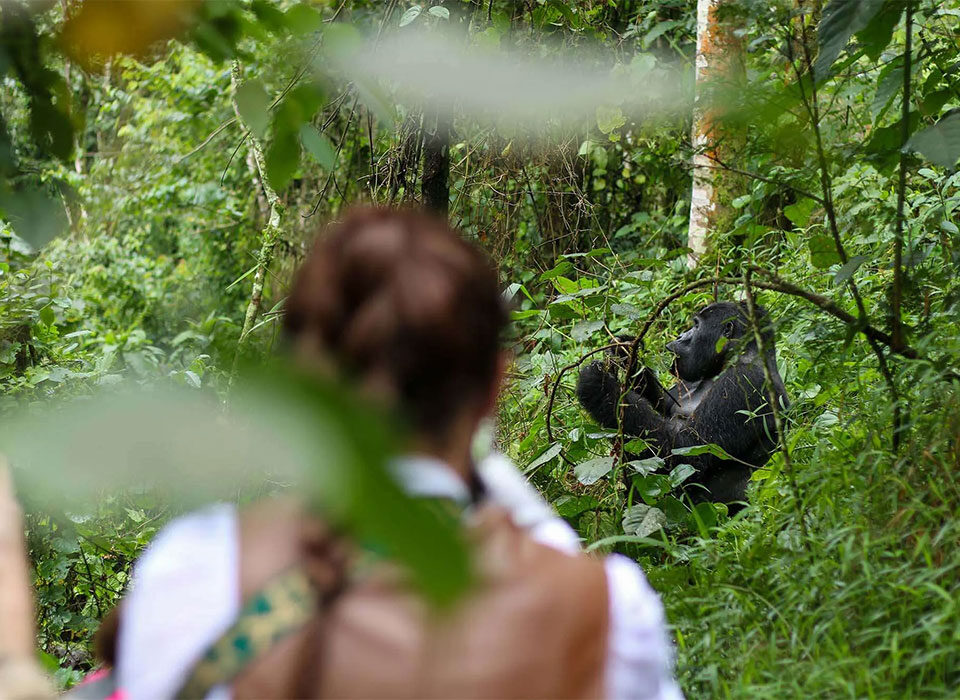
Top Cultural Experiences to Have in Uganda | Experiya Tour Company
October 29, 2025
Main Tribes of Uganda and Their Cultures | Experiya Tour Company
October 29, 2025Traditional Dances and Festivals in Uganda | Experiya Tour Company

Can I Attend Traditional Dances or Festivals in Uganda?
Uganda, affectionately known as the Pearl of Africa, is a country where rhythm, color, and celebration pulse through every part of life. From the moment you arrive, you sense the nation’s heartbeat in its music, its laughter, and the joyful energy of its people. Nowhere is this energy more vividly displayed than in Uganda’s traditional dances and festivals — grand expressions of identity that blend history, art, spirituality, and community pride. For travelers who wish to go beyond wildlife safaris and explore the soul of Uganda, attending a traditional dance performance or festival is an unforgettable way to connect with the country’s living culture.
The Rhythm of Uganda’s Cultural Identity
Uganda is home to more than 50 ethnic groups, each with its own customs, languages, and art forms. Across regions, music and dance serve as a bridge that connects the past and present, uniting communities through song, drum, and movement. Whether it’s a royal ceremony in Buganda, a cattle-keeping celebration among the Banyankole, or a harvest festival among the Basoga, dance is woven into daily life.
Traditional dances in Uganda are not merely entertainment — they are cultural stories in motion. Every step, drumbeat, and costume carries meaning, representing joy, courtship, fertility, or victory. They are performed at weddings, initiation ceremonies, coronations, and national festivals, and today, they are shared with visitors as part of Uganda’s thriving cultural tourism scene.
Traditional Dances You Can Experience in Uganda
The Bakisimba Dance – Rhythm of the Buganda Kingdom
The Bakisimba dance is one of the most famous traditional dances in Uganda, originating from the Buganda Kingdom in the central region. It was first performed to celebrate the invention of banana wine (tonto) and has since become a dance of joy and celebration.
Characterized by elegant hip movements, graceful footwork, and rhythmic drumming, the Bakisimba is performed by both men and women dressed in traditional attire — men in kanzus and women in brightly colored gomesis. The drummers play powerful beats on large ngoma drums while the dancers move in harmony, symbolizing happiness, unity, and the continuity of life.
Visitors can watch the Bakisimba dance during cultural performances in Kampala, particularly at the Ndere Cultural Centre, or during royal events hosted by the Buganda Kingdom.
The Runyege-Ntogoro Dance – Pride of the Banyoro and Batooro
In the western kingdoms of Bunyoro and Tooro, the Runyege-Ntogoro dance is performed during courtship ceremonies and social celebrations. The dance is known for its vibrant energy and flirtatious style, with young men and women dancing in pairs to display grace, strength, and attraction.
The performers wear colorful sashes and bells around their ankles, which jingle to the rhythm of the drums. The Runyege-Ntogoro is not only a dance but also a social tradition that helps youth express love and confidence within their community. Travelers visiting Fort Portal or Hoima can often witness this dance during cultural shows or community celebrations.
The Ekitagururo Dance – Ankole’s Celebration of Cattle and Joy
In the southwestern region of Uganda, the Banyankole people celebrate life through the Ekitagururo dance. Deeply connected to their cattle-keeping culture, this dance is performed at weddings, harvests, and festivals. It is marked by elegant body movements that mimic the beauty of Ankole long-horned cattle — a symbol of wealth and status among the Banyankole.
The dancers’ movements are graceful, and the songs are often praises to the cattle, the ancestors, or the blessings of fertility. During special ceremonies, elders bless the dancers and encourage them to continue preserving this cultural heritage.
The Larakaraka Dance – The Spirit of the Acholi People
From northern Uganda comes the dynamic Larakaraka dance, a traditional courtship dance of the Acholi. This powerful performance is accompanied by drums, calabashes, and flutes, creating an intense rhythmic atmosphere. The dance begins with a slow pace, then builds into a fast and electrifying display of energy and coordination.
Larakaraka is performed at weddings, communal events, and cultural festivals. The Acholi dancers, dressed in colorful outfits adorned with beads and feathers, use the dance to express love, bravery, and unity. Visitors to Gulu or Kitgum can witness this vibrant performance, often accompanied by storytelling and poetry that celebrate Acholi heritage.
The Imbalu Circumcision Dances – A Rite of Passage Among the Bagisu
In the eastern region, the Bagisu people of Mbale celebrate one of Uganda’s most dramatic and ancient ceremonies — the Imbalu, or male circumcision ritual. This rite of passage marks the transition from boyhood to manhood and is accompanied by days of music, dance, and feasting.
The Imbalu ceremonies are held every even year, attracting thousands of spectators from across the region. Dancers, dressed in traditional attire and smeared with ash, perform energetic movements to the beat of traditional drums and horns. It’s an emotional and thrilling event that reveals the deep cultural pride of the Bagisu people.
For travelers, attending an Imbalu ceremony is a rare and powerful experience that connects you to centuries of tradition still alive today.
The Kisoga Nalufuka Dance – Energy of the East
Among the Basoga people of eastern Uganda, the Nalufuka dance is a lively expression of joy and festivity. It involves vigorous movements, rhythmic clapping, and fast-paced drumming. The dancers move in a circle, taking turns to showcase their energy and creativity. Nalufuka is often performed during weddings, harvests, and community gatherings.
Watching this dance is pure exhilaration — a joyful reminder that in Uganda, rhythm is not just an art form but a way of life.

Festivals That Celebrate Uganda’s Cultural Soul
Uganda’s calendar is dotted with festivals that showcase the diversity and creativity of its people. From ancient tribal celebrations to contemporary cultural showcases, these festivals offer travelers the chance to dance, sing, eat, and live like a local.
The Nyege Nyege Festival – East Africa’s Global Celebration
Held annually in Jinja, the Nyege Nyege Festival is Uganda’s most famous modern celebration of music and culture. Though it highlights contemporary sounds such as electronic, Afrobeat, and dancehall, it also provides a platform for traditional performers from across Africa. Dancers from different tribes showcase their heritage alongside modern acts, creating a vibrant fusion of past and present.
The festival attracts artists and audiences from all over the world and is held on the banks of the River Nile, making it an unforgettable experience for travelers who love both music and adventure.
The Bayimba International Festival of the Arts
Another major cultural celebration is the Bayimba Festival, held annually in Kampala. This multi-disciplinary event brings together music, dance, visual arts, film, and theatre. Traditional Ugandan dances share the stage with contemporary performances, giving visitors a panoramic view of the country’s cultural evolution.
Bayimba is also a great place to meet local artists, learn about traditional instruments, and even participate in dance workshops. It’s a celebration of creativity and expression that captures Uganda’s dynamic spirit.
Kingdom Coronations and Cultural Days
Throughout Uganda, traditional kingdoms hold annual celebrations that attract thousands of participants. The Buganda Kingdom celebrates the Kabaka’s Birthday Run and Coronation Anniversary, while the Tooro Kingdom hosts the Empango Festival, a colorful event marking the king’s coronation. These festivals feature traditional dances, storytelling, drumming, and processions that allow visitors to experience the royal heritage of Uganda.
Each festival tells the story of unity and continuity, showing how tradition and modernity coexist in Uganda’s cultural landscape.
How to Attend Cultural Performances and Festivals
For visitors eager to experience these dances and festivals, the best approach is to plan through a reputable local tour company. Many cultural centers, such as the Ndere Cultural Centre in Kampala, host weekly performances featuring dances from all regions of Uganda. Local festivals, on the other hand, are often seasonal and may coincide with national holidays or traditional calendar events.
When attending, it’s important to respect local customs. Always ask before taking photos, participate when invited, and show appreciation for the performers’ art. Dressing modestly and showing curiosity rather than judgment makes the experience more meaningful for both visitors and hosts.
Why Traditional Dances and Festivals Matter
Attending a traditional dance or festival in Uganda isn’t just a spectacle—it’s an act of cultural preservation. These performances sustain heritage, empower communities, and teach younger generations about their roots. For travelers, they open a window into Uganda’s soul, revealing the beauty of diversity and the power of shared humanity.
Every drumbeat tells a story of endurance, every song carries a prayer, and every dance step celebrates the rhythm of life. From the shores of Lake Victoria to the mountains of Rwenzori, Uganda dances to the beat of authenticity, and visitors are always welcome to join in.
Why You Should Travel With Experiya Tour Company
To fully immerse yourself in Uganda’s cultural rhythms, traveling with Experiya Tour Company is the perfect choice. As experts in authentic and community-centered experiences, Experiya ensures you don’t just witness Uganda’s dances and festivals—you become part of them. Their cultural itineraries are thoughtfully crafted to align with traditional events, allowing you to attend performances, meet local dancers, and learn the stories behind every movement.
Experiya Tour Company works closely with communities across Uganda, supporting cultural preservation while providing travelers with meaningful, respectful engagement. Their knowledgeable guides help you navigate festivals, explain traditions, and translate the deep cultural symbolism that brings every dance to life.
Whether you wish to join the electrifying beats of the Larakaraka in the north, witness the royal elegance of the Buganda celebrations, or dance along the Nile during Nyege Nyege, Experiya will design a journey that connects you to Uganda’s heartbeat.
Book your next adventure with Experiya Tour Company and discover a side of Uganda that moves with rhythm, joy, and unity. Step into the circle, feel the drum beneath your feet, and let Uganda’s dances and festivals leave your spirit forever in tune with Africa.



